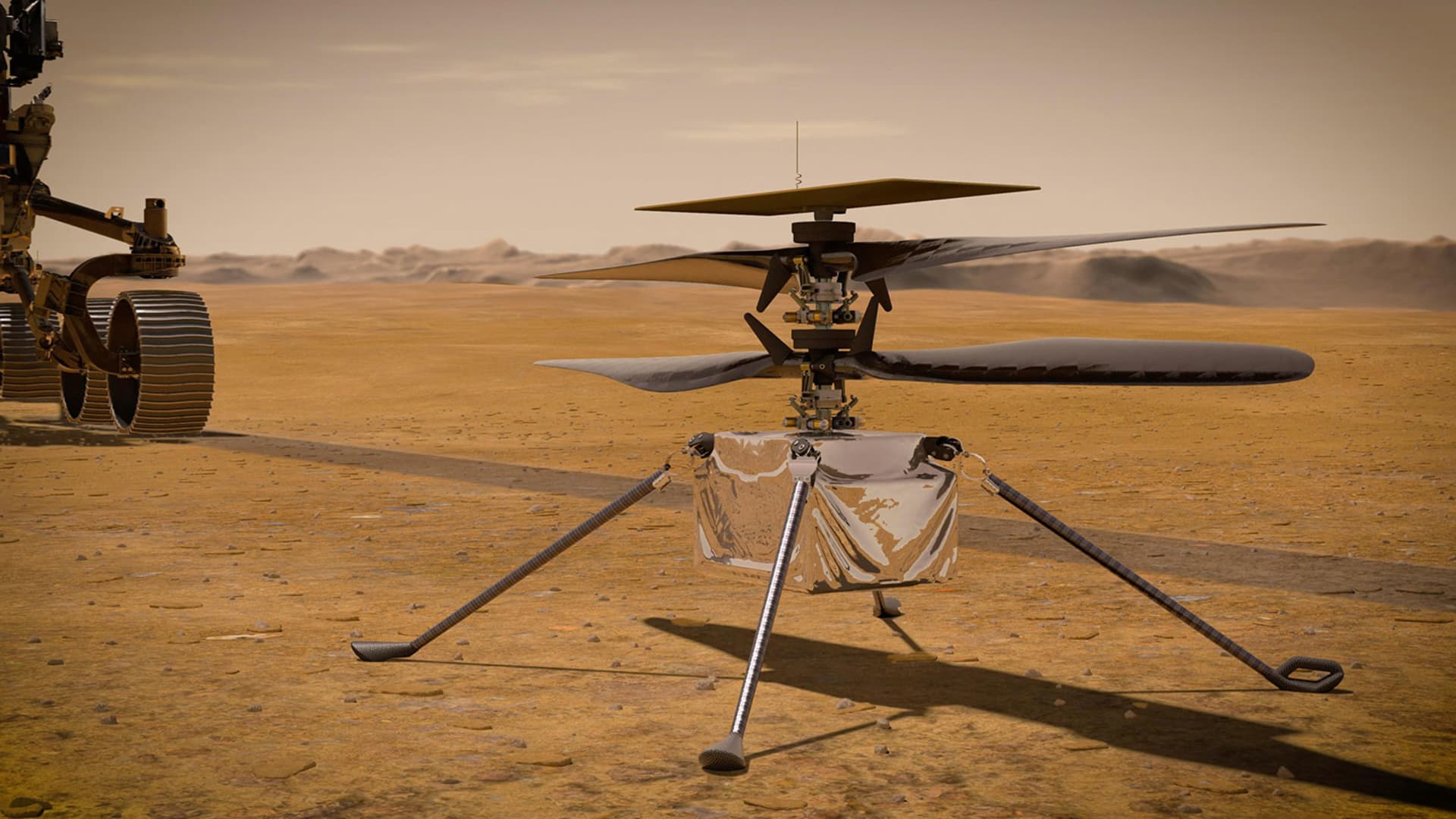NASA’s Perseverance Rover Confirms Ancient Lake Sediments on Mars
In an exciting new development, NASA’s Perseverance rover has collected data that confirms the presence of ancient lake sediments on Mars. The study, published in the journal Science Advances, was led by teams from the University of California at Los Angeles (UCLA) and the University of Oslo.
Uncovering Evidence of Water and Potential Life
Ground-penetrating radar observations conducted by the Perseverance rover support previous orbital imagery and data that suggest Mars was once covered in water and may have hosted microbial life. The rover’s RIMFAX radar instrument allowed scientists to examine rock layers 65 feet deep, revealing unmistakable evidence of soil sediments deposited by water at Jerezo Crater and its delta. These findings solidify the notion that Mars was once warm, wet, and potentially habitable.

A Closer Look at Jerezo’s Sediments
Scientists are eagerly anticipating the examination of Jerezo Crater’s sediments, which are estimated to have formed around 3 billion years ago. Perseverance will collect samples for future transport to Earth, providing researchers with a more detailed analysis.
Confirmation of the Right Location
This recent study serves as validation for the scientists who chose Jerezo Crater as their research site. The remote analysis of early core samples surprised researchers by revealing volcanic rock instead of sedimentary rock. However, even the volcanic rocks showed signs of alteration due to water exposure, suggesting that sedimentary deposits may have eroded away over time. The RIMFAX radar readings also indicated signs of erosion before and after the formation of sedimentary layers, highlighting the complex geological history of the area.
Exciting Discoveries on Mars
David Paige, a planetary scientist from UCLA and the first author of the paper, expressed his enthusiasm about the rover’s findings. He stated, “The real news here is that now we’ve driven onto the delta and now we’re seeing evidence of these lake sediments, which is one of the main reasons we came to this location. So that’s a happy story in that respect.”
This groundbreaking research brings us one step closer to understanding the history and potential for life on Mars. As scientists continue to analyze the data collected by Perseverance, we can look forward to even more exciting discoveries in the future.























